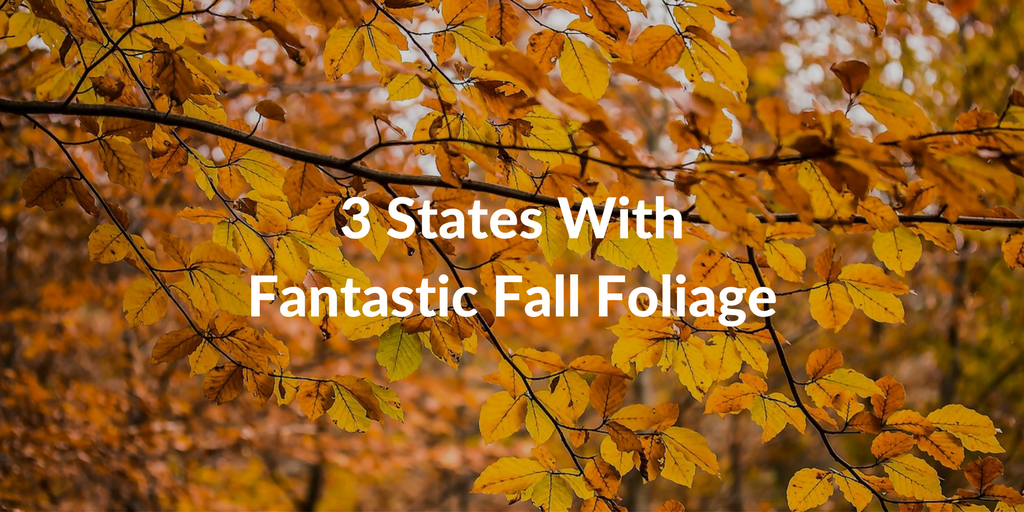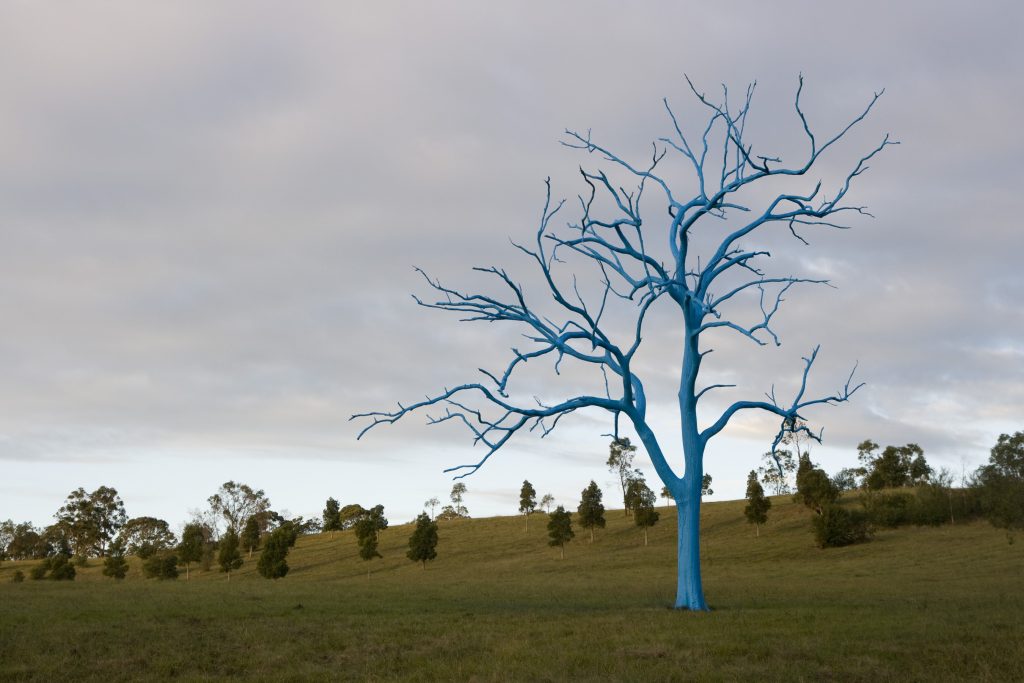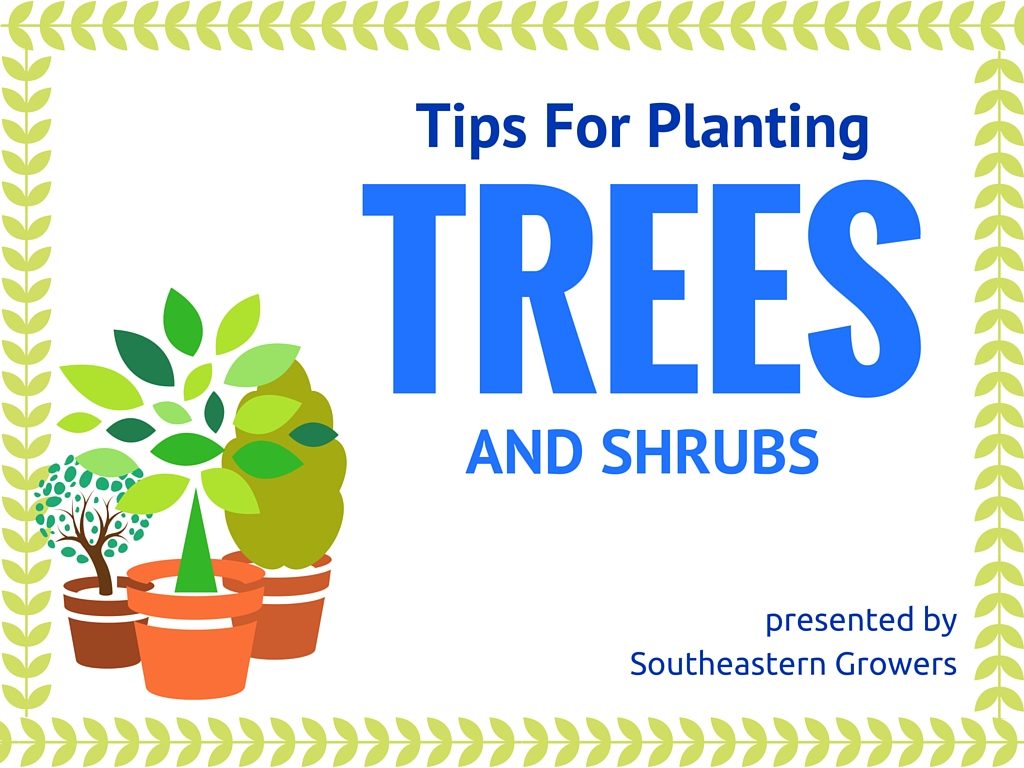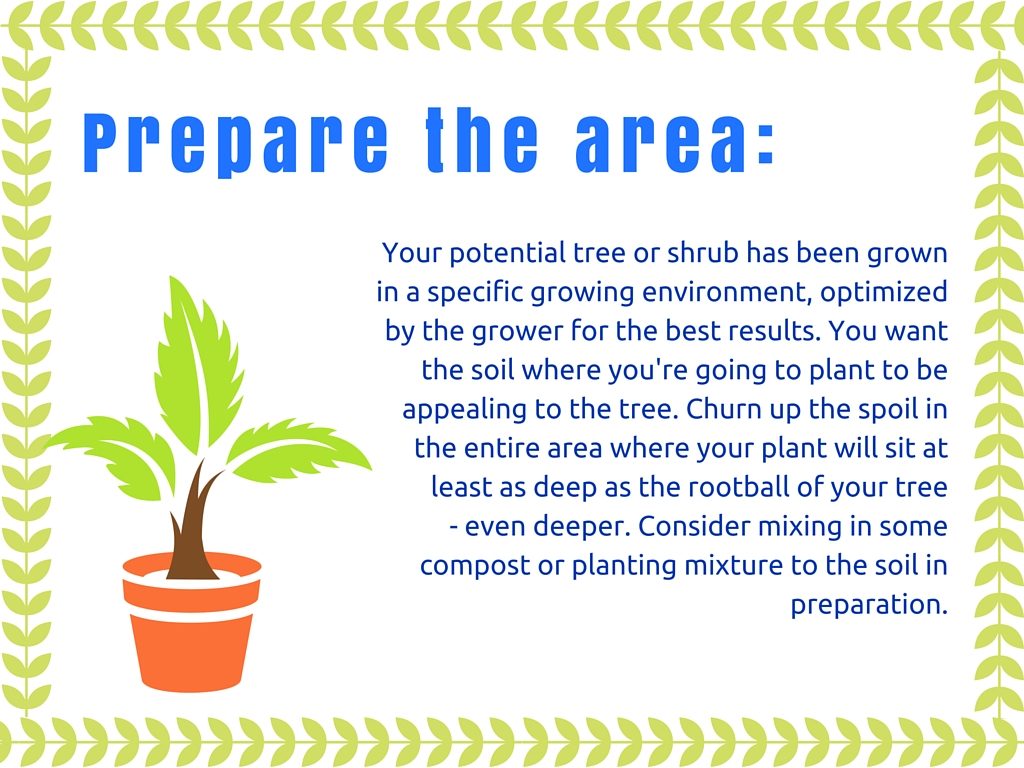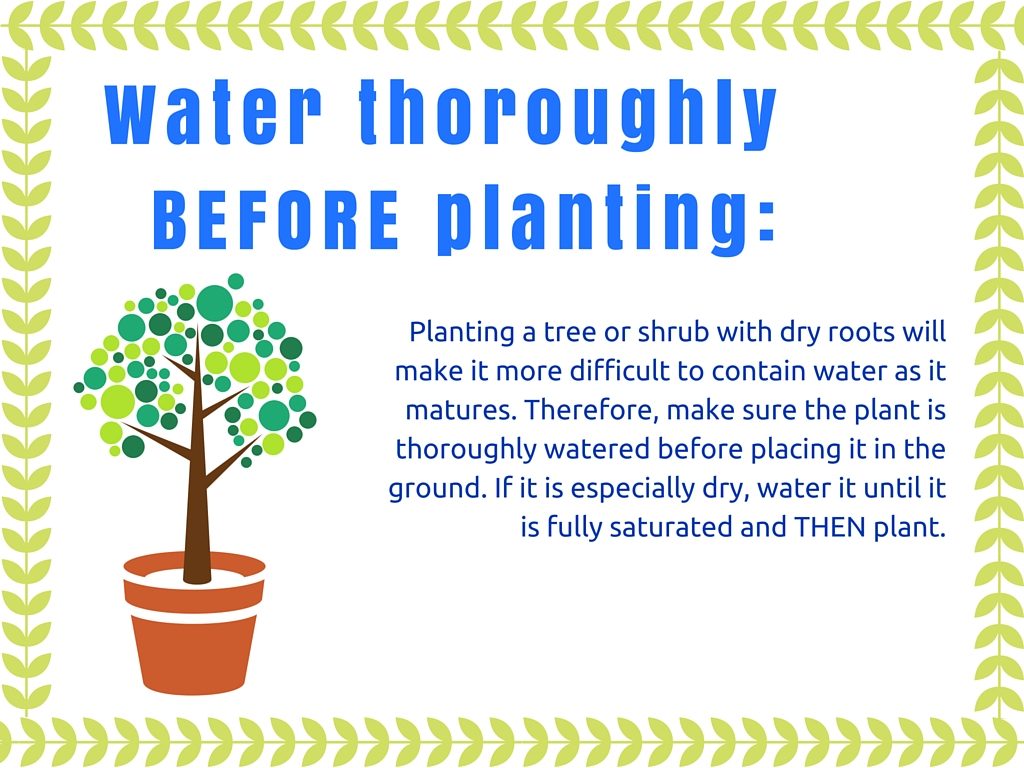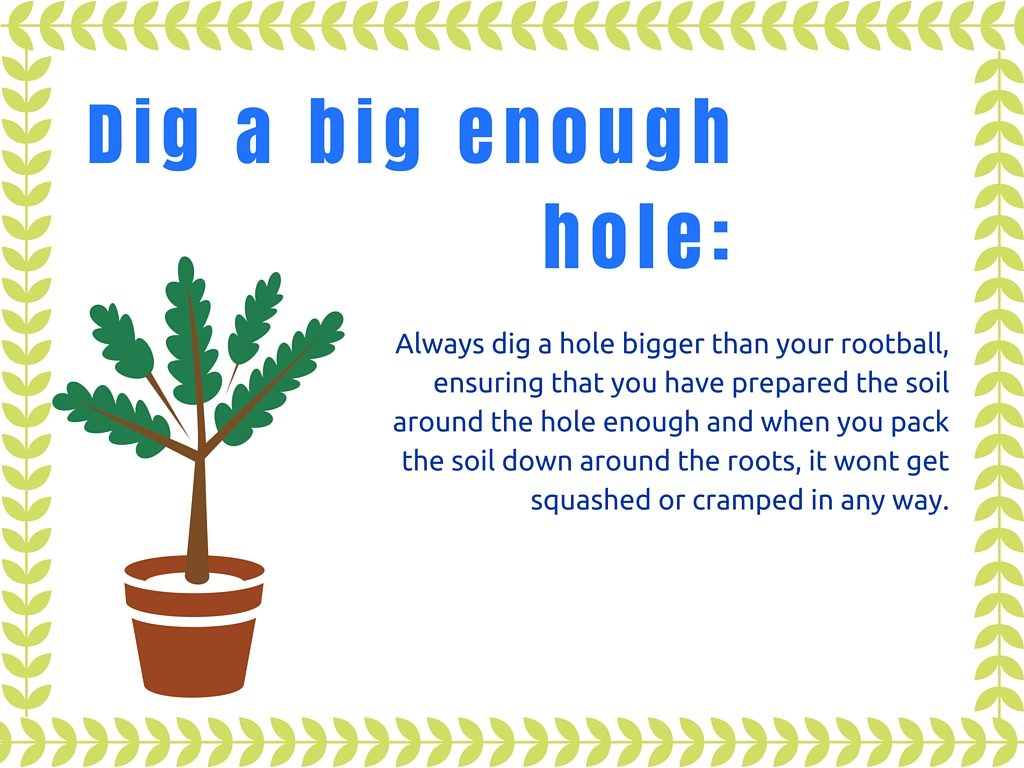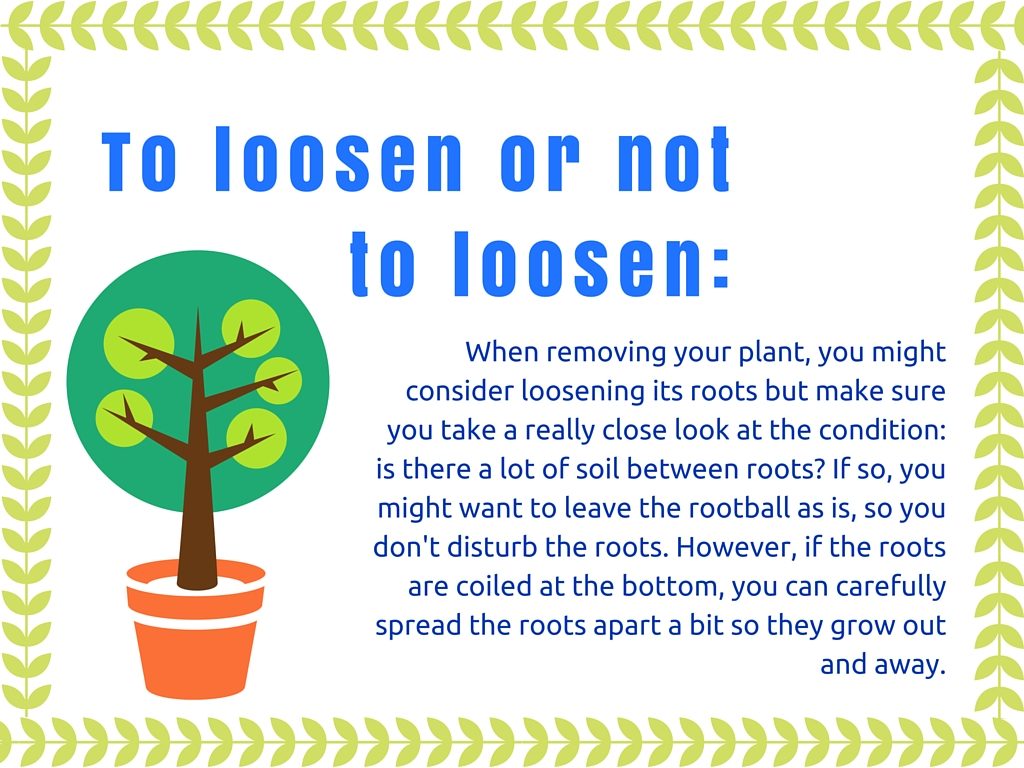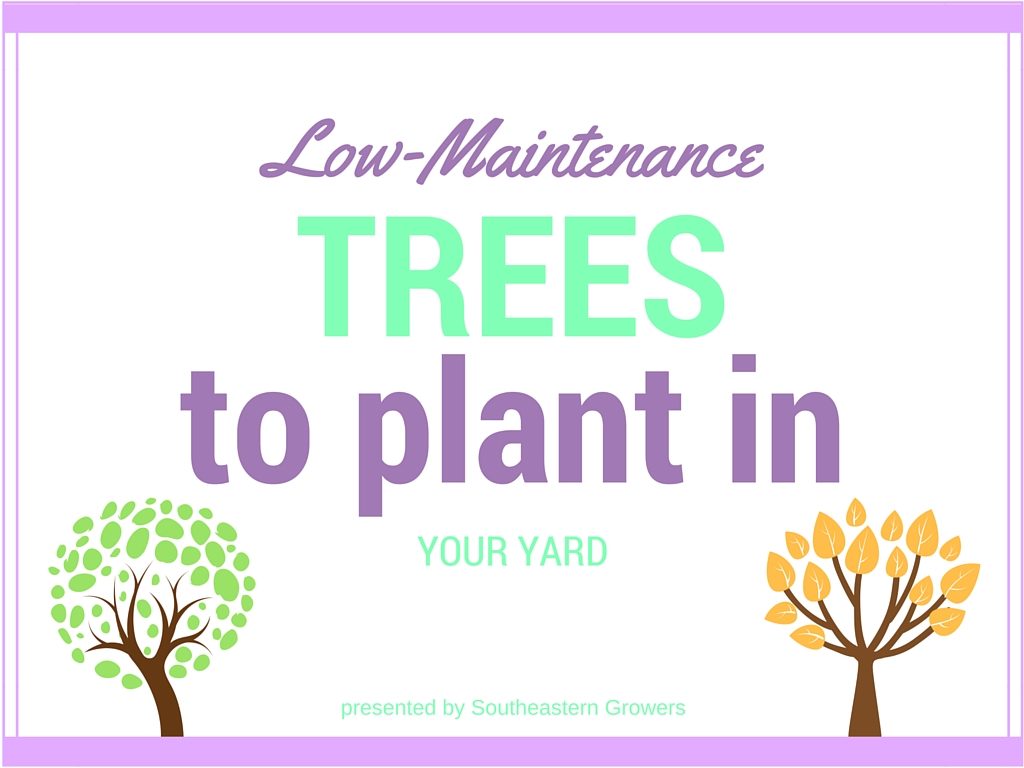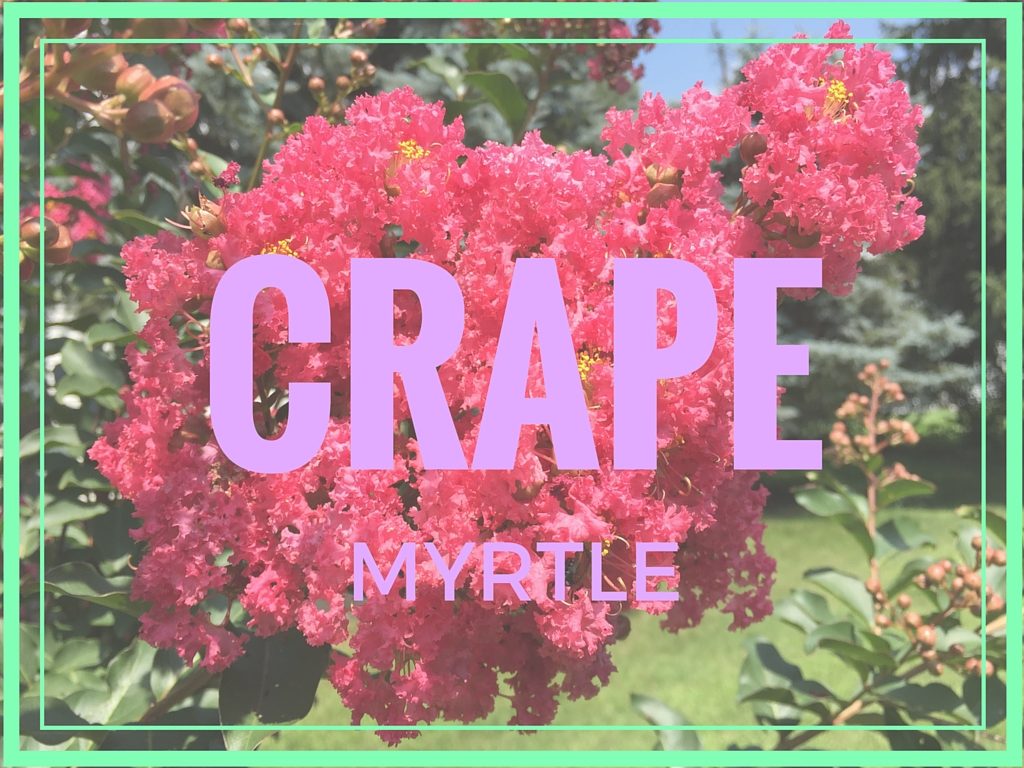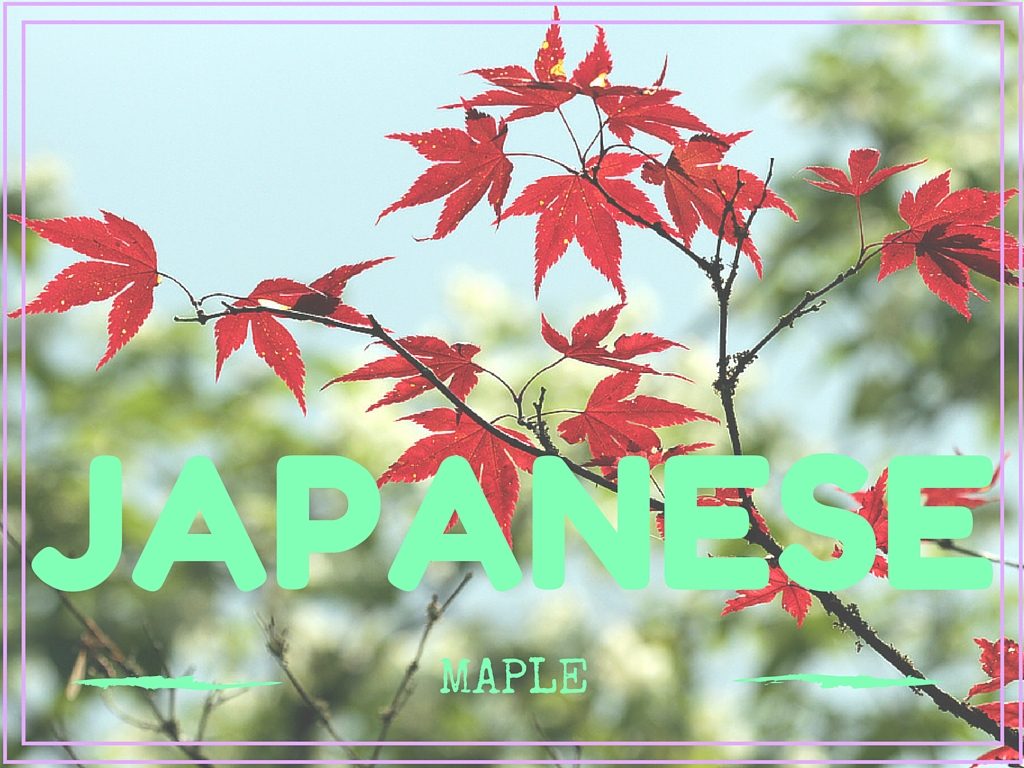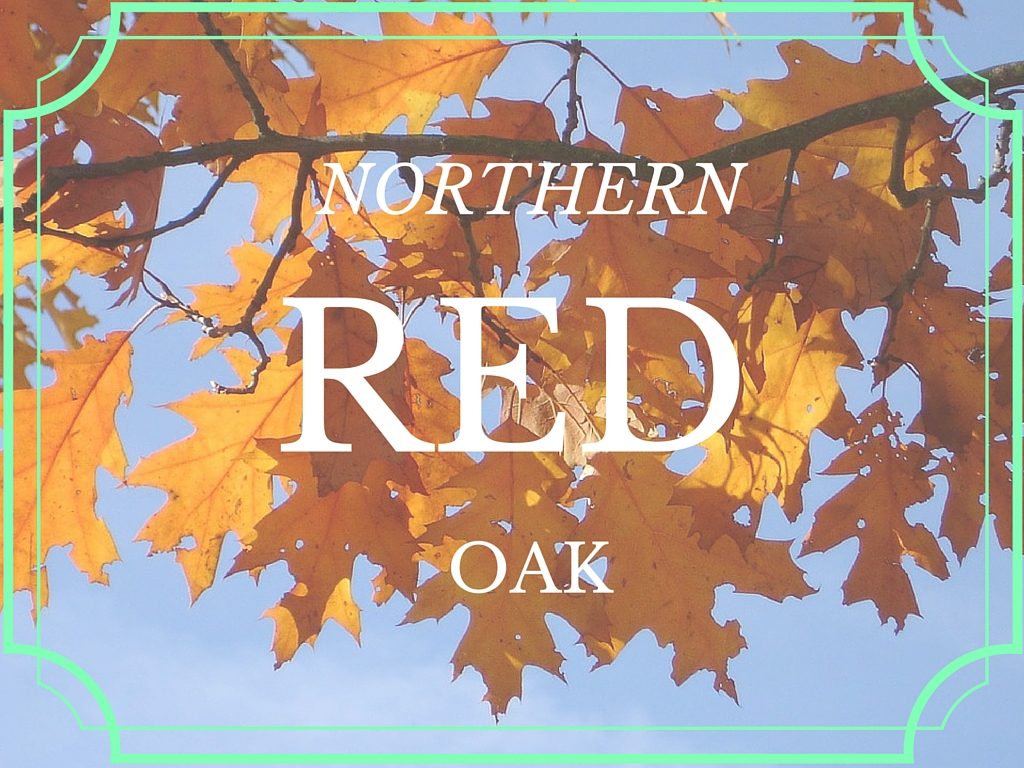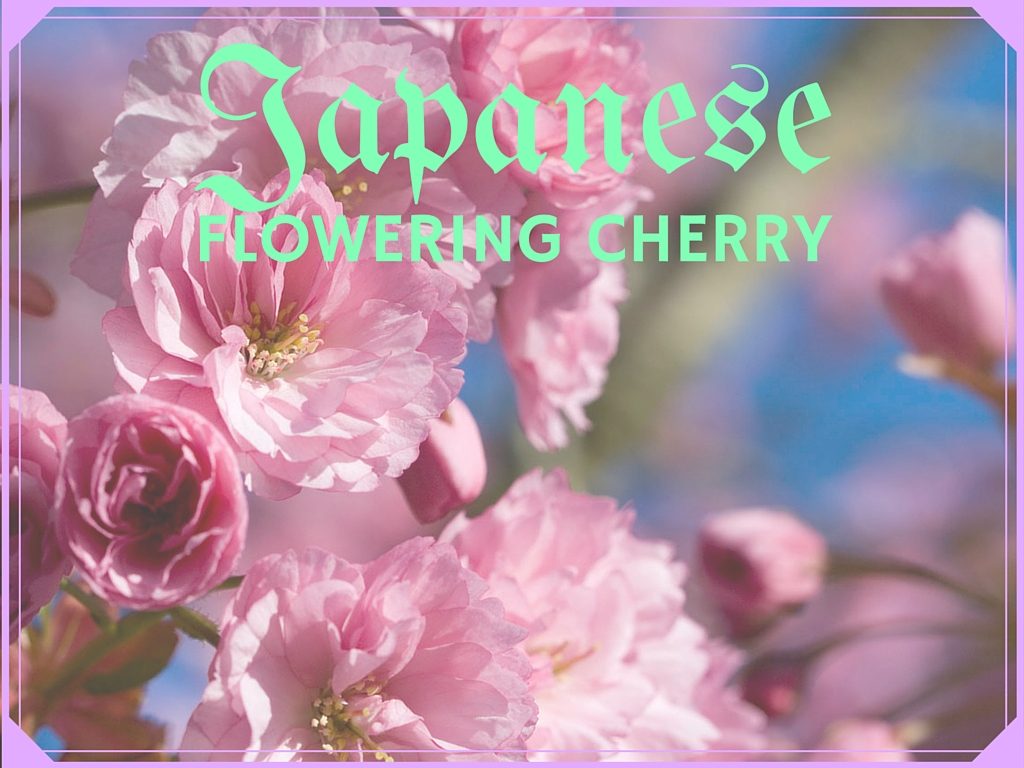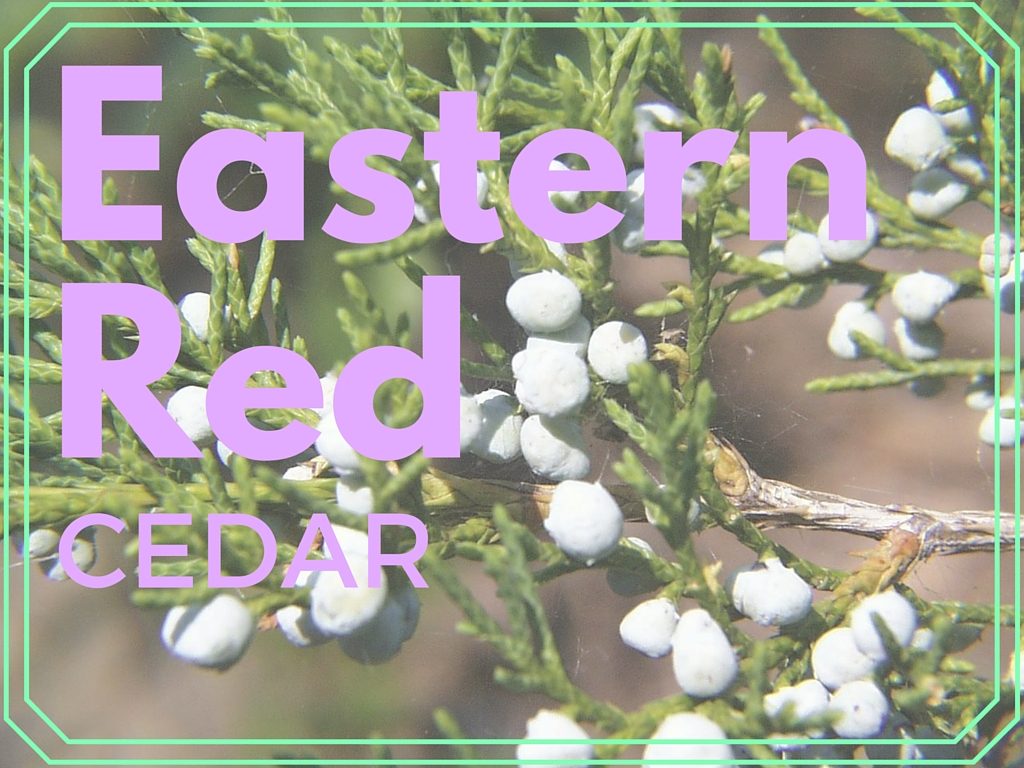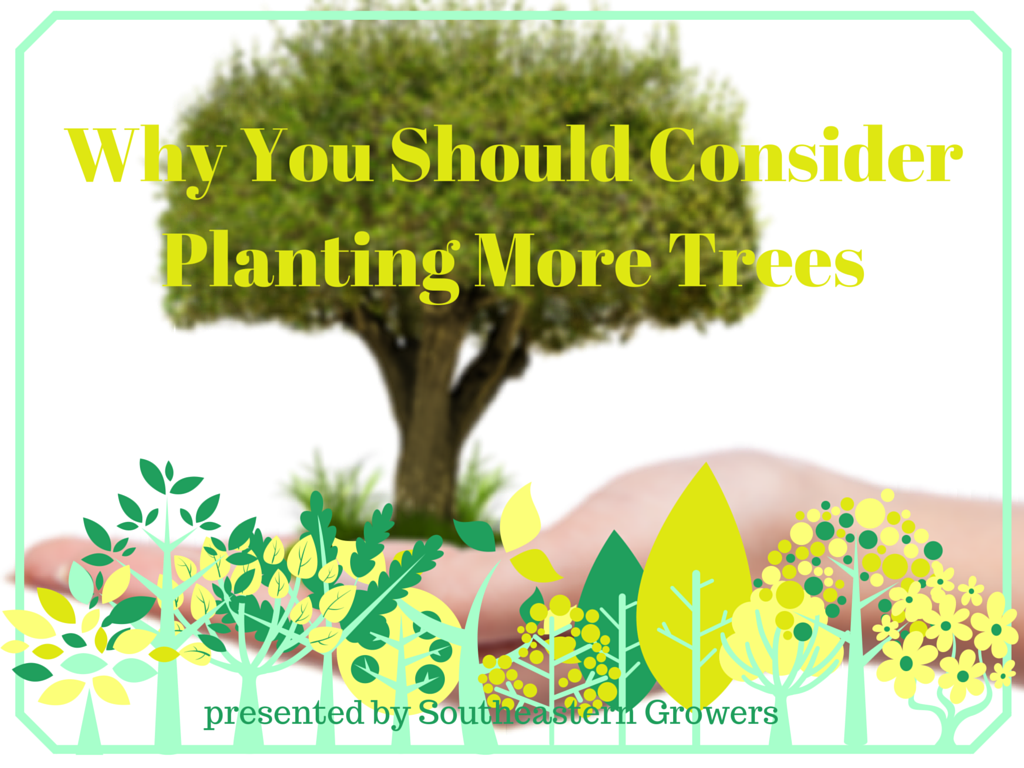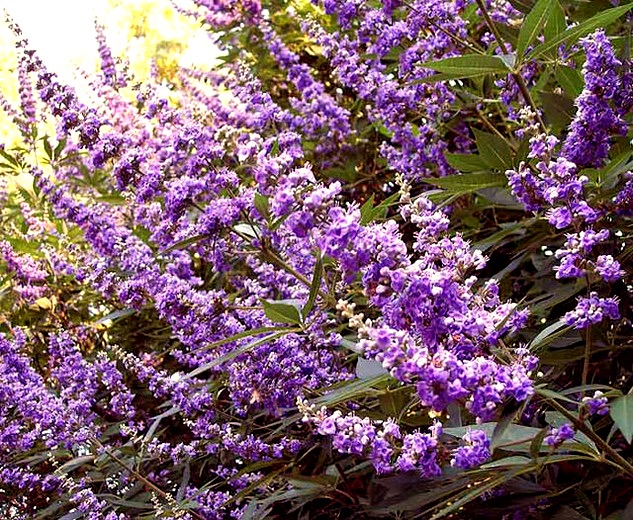When the crisp breezes of autumn begin to blow, you know that beautiful fall foliage is on its way. The only question you have to ask yourself is exactly where you should go to view one of the most enchanting shows that nature has to offer. Here are a few of the best places that you can visit to surround yourself with the alluring colors of the changing leaves.
South Carolina
A harmonious blend of southern charm and picturesque views greet you in South Carolina. There’s no need to drive down some scenic route to view the leaves because there are a variety of outdoor activities that are perfect for immersing yourself in the colors of nature. Autumn temperatures in South Carolina tend to stay on the mild side, so it’s great weather for going on a picnic, hiking and camping. Surrounding yourself with the glorious colors of the state’s changing oak, maple and elm trees while enjoying outdoor activities is a great way to spend the day. Those that do prefer a scenic drive can enjoy the views from the Blue Ridge Parkway. The parkway stretches 469 miles, and it’s highest point, the Richland Balsam Overlook, tops out at 6,053 feet. This gives you a perfect vantage point to enjoy the autumn landscape.
North Carolina
Another great place to visit if you want more than a quick drive through the leaves is North Carolina. While you’re main purpose may be to watch the changing colors of fall, you can enjoy the view while hiking, mountain biking, or even whitewater rafting. One particular place of note in North Carolina for leaf viewing is the town of Asheville. They have one of the longest autumn foliage seasons in the world. This means that there is even more time for you to enjoy nature’s splendor. North Carolina is home to a number of deciduous trees, such as the white oak, sugar maple, and the quaking aspen.
Tennessee
Numerous species of maple, hickory, and birch trees paint a beautiful picture across the landscape of Tennessee. If you’re like a large number of visitors to the state you may enjoy the view of the leaves as you walk along the trails of the Great Smoky Mountains. The elevation of the mountains reach up to 4,000 feet, providing you with an astounding view of the surrounding foliage. If walking sounds a bit too tame for you, you can join the countless others who have enjoyed the autumn view from above the tree tops. Zip-lining is a popular way to view the fall colors when visiting the Smoky Mountains.
